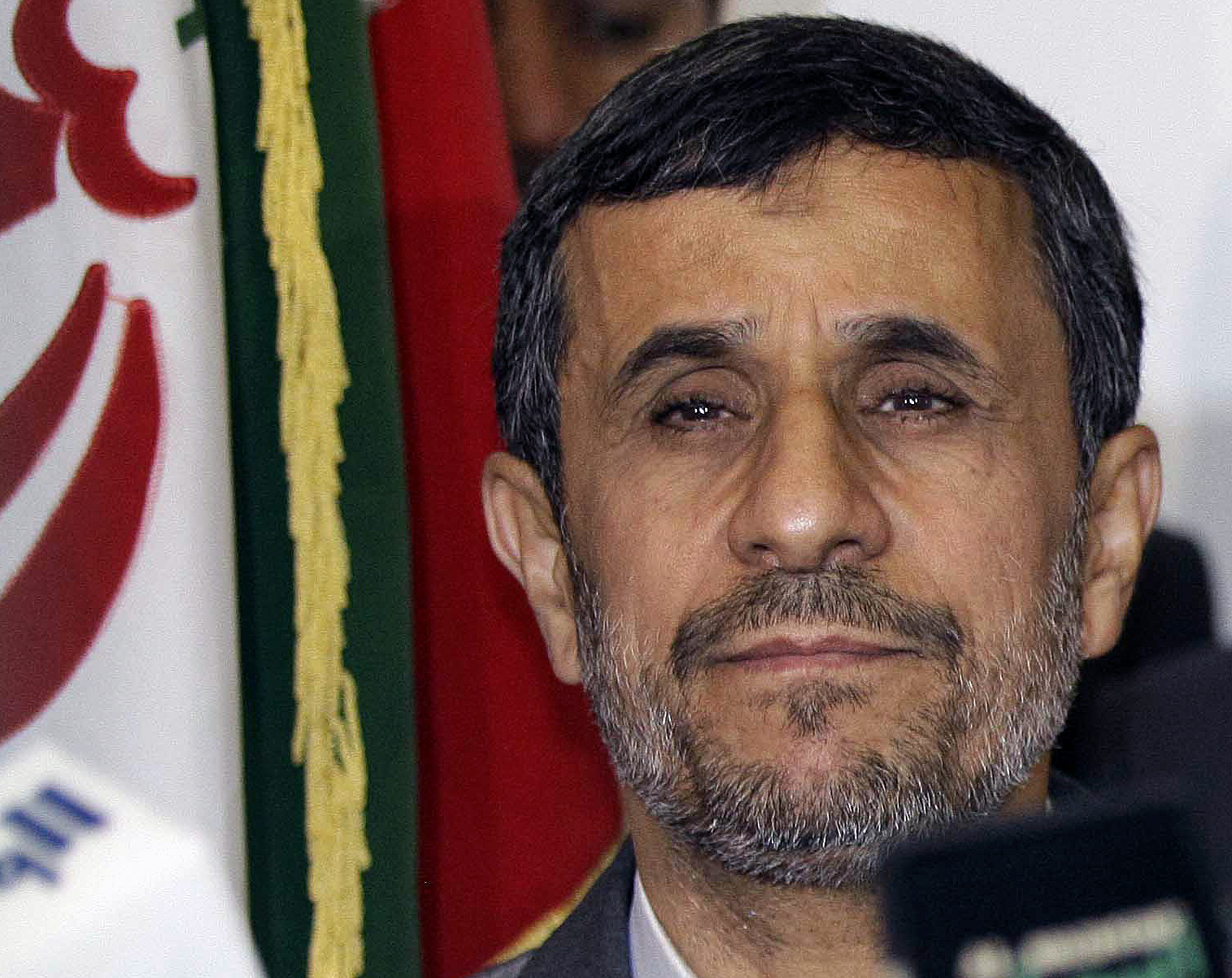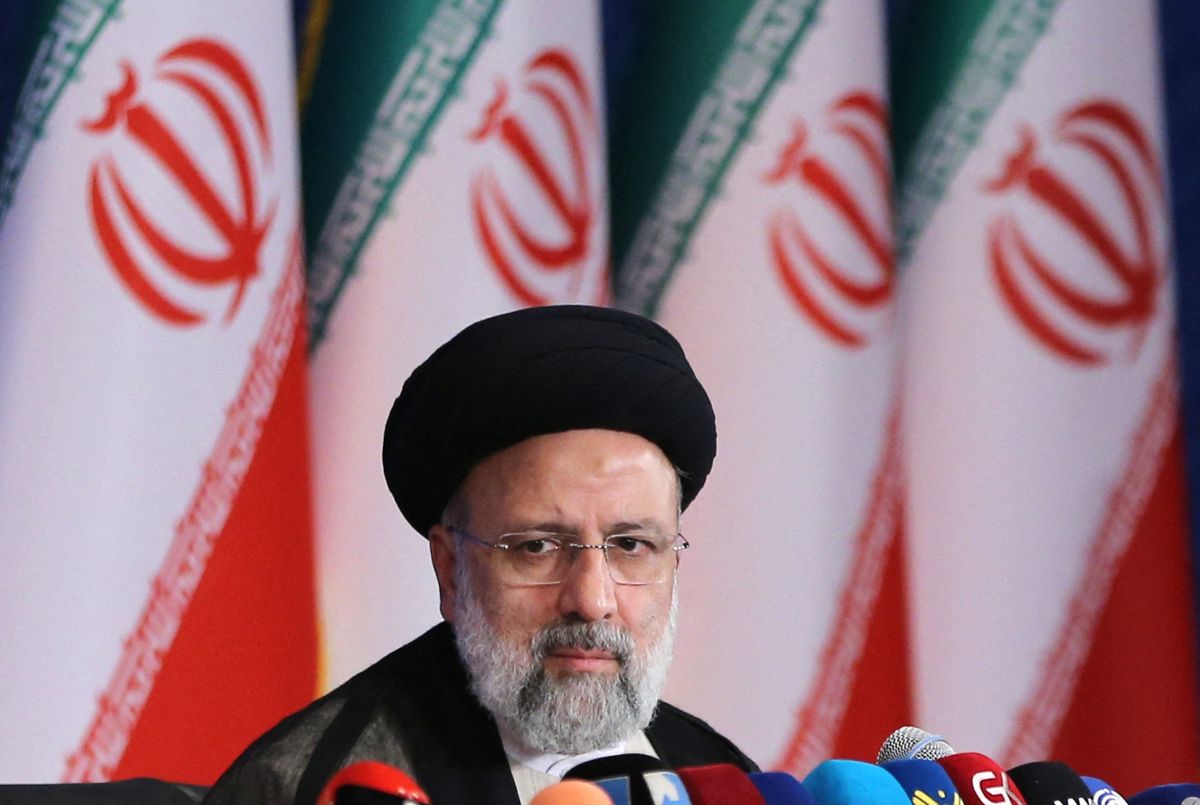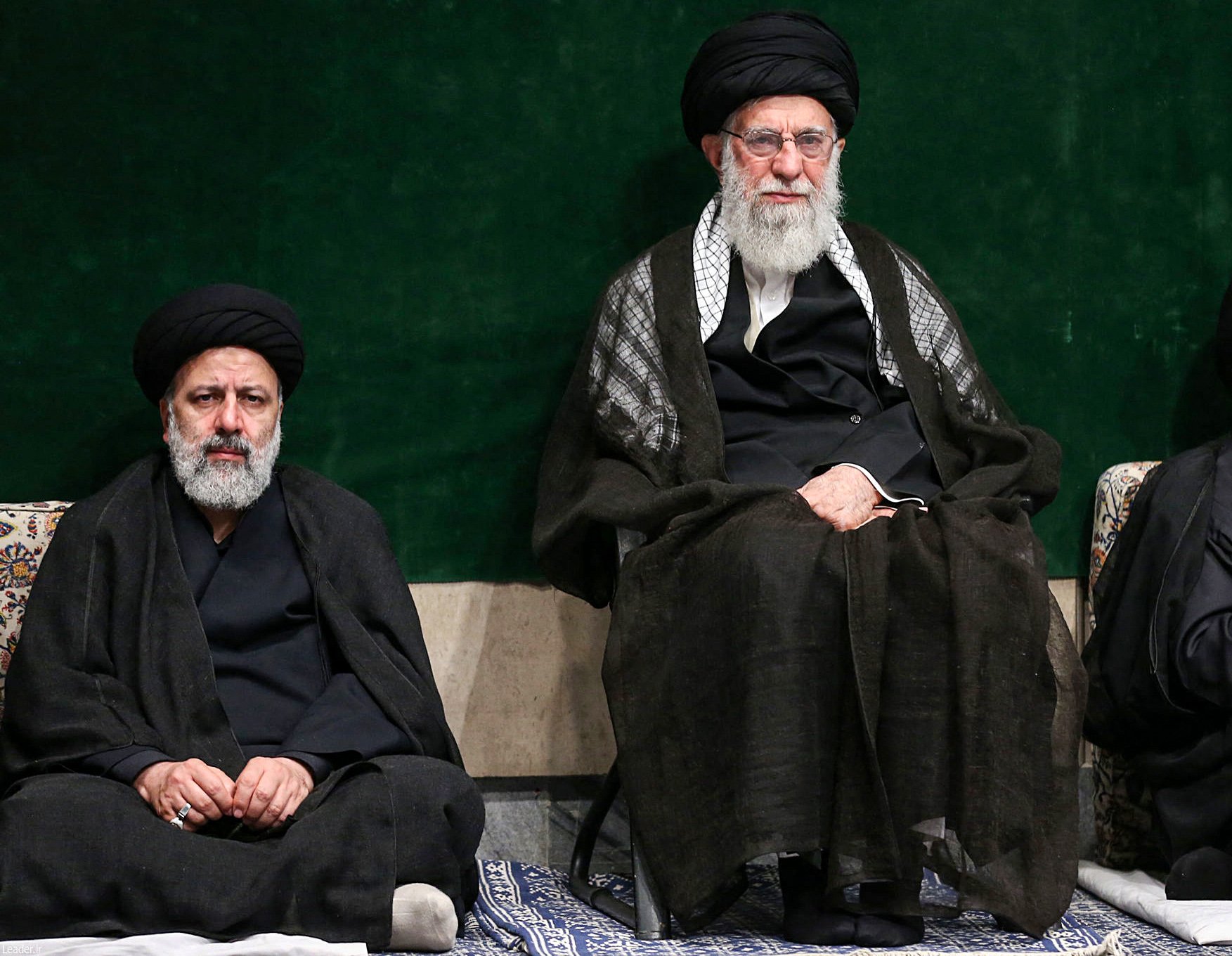Iran’s Current Political Landscape
Is iran president alive – Iran operates under a complex political system that combines elements of democracy and theocracy. The President is the head of state and government, but the Supreme Leader, currently Ali Khamenei, holds ultimate authority over all branches of government.
The helicopter incident involving the Iranian president has sparked concern over his well-being. While there is no official confirmation of his status, sources close to the government have indicated that he is alive and receiving medical attention. The crash has raised questions about the safety measures in place for high-ranking officials and the potential consequences for the country’s leadership.
The President’s Role
The President is elected by popular vote for a four-year term and is responsible for implementing the country’s policies and laws. They appoint ministers, oversee the executive branch, and represent Iran in international affairs.
Recent Political Events
In recent years, the Iranian political landscape has been marked by tensions between reformists and conservatives. The 2015 nuclear deal with world powers, which was negotiated by former President Hassan Rouhani, has been a major point of contention. Hardline conservatives have opposed the deal, arguing that it undermines Iran’s national security.
The Health and Status of the Iranian President

The current Iranian President, Ebrahim Raisi, is 64 years old. According to publicly available information, he is in good health and has no known major medical conditions. He has not been hospitalized or undergone any significant medical treatments in recent years.
Raisi’s overall health and fitness allow him to fulfill his duties as President effectively. He regularly attends official events and meetings and travels both domestically and internationally. He has also been actively involved in various sports and recreational activities, such as swimming and cycling.
Medical History
Raisi has a history of minor health issues, including allergies and occasional respiratory infections. However, these conditions have not significantly impacted his ability to perform his presidential duties. He has not had any major surgeries or chronic illnesses that would raise concerns about his long-term health.
Lifestyle and Habits
Raisi maintains a healthy lifestyle, including a balanced diet and regular exercise. He is a non-smoker and does not consume alcohol. These healthy habits contribute to his overall well-being and reduce the risk of developing serious health conditions.
Impact on Presidential Duties
Raisi’s good health and fitness have allowed him to carry out his presidential responsibilities without any major interruptions. He has been able to travel extensively, attend numerous events, and engage in various official activities without any significant health concerns.
Conclusion
Based on available information, the Iranian President, Ebrahim Raisi, is in good health and has no known major medical conditions. His healthy lifestyle and fitness enable him to fulfill his presidential duties effectively and without any significant limitations.
Historical Precedents for Presidential Health Issues
Throughout Iran’s history, there have been several instances of Presidents experiencing health problems or medical emergencies.
One notable case occurred in 1999 when President Mohammad Khatami suffered a heart attack. He underwent successful surgery and made a full recovery, continuing to serve as President until 2005.
The question of whether the Iranian president is alive has been circulating in recent times. While there is no concrete evidence to suggest otherwise, rumors of his demise have persisted. The absence of public appearances and conflicting reports have fueled speculation about his whereabouts.
Some sources claim that he is missing , while others maintain that he is alive but in hiding. The truth remains elusive, leaving the Iranian people and the international community in a state of uncertainty.
Ayatollah Ruhollah Khomeini
Another significant event occurred in 1989 when Ayatollah Ruhollah Khomeini, the Supreme Leader of Iran, underwent surgery for prostate cancer. The surgery was successful, but Khomeini passed away shortly after due to complications from heart disease.
The rumors of the Iranian president’s demise have been circulating, leaving many wondering, “Is Iran’s president alive?” While the president’s health status remains uncertain, recent reports indicate he may have been involved in an accident . However, the exact details of the incident and the president’s current condition remain unclear.
As the situation unfolds, it is crucial to rely on credible sources for accurate information regarding the Iranian president’s well-being.
These historical precedents demonstrate that Iranian Presidents have faced health challenges in the past. While some have recovered and continued to serve, others have faced more serious outcomes. These events highlight the potential implications of health issues for the current President’s well-being and ability to fulfill his duties.
Domestic and International Reactions to Presidential Health Concerns
The health concerns surrounding Iran’s President have sparked various reactions from the Iranian public, domestic media, and the international community.
Iranian Public Reaction
The Iranian public has expressed concern and uncertainty regarding the President’s health. There is a mix of sympathy and skepticism, with some expressing well wishes while others speculate about the implications for Iran’s political landscape. Social media platforms have become a hub for discussions and rumors about the President’s condition, reflecting the public’s desire for transparency and reassurance.
Domestic Media Concerns
Domestic media outlets have been cautious in their reporting, balancing the need to inform the public with the potential for political sensitivity. State-run media has emphasized the President’s resilience and the continuity of government operations, while independent media has raised questions about the lack of official information and the impact on Iran’s stability.
International Speculation
The President’s health concerns have also garnered attention from international media outlets. Speculation has ranged from the possibility of a power vacuum to the potential for a shift in Iran’s foreign policy. Some analysts have suggested that the President’s absence could create opportunities for hardline elements within the Iranian government, while others argue that it could lead to a more moderate approach.
Contingency Plans for Presidential Succession: Is Iran President Alive

The Iranian Constitution Artikels a clear procedure for presidential succession in the event of the incumbent’s death, resignation, or impeachment. The Supreme Leader, the highest political and religious authority in Iran, plays a crucial role in the succession process.
Supreme Leader’s Role
Upon the President’s demise, the Supreme Leader appoints a caretaker President to serve for a maximum of 50 days. During this interim period, the caretaker President’s duties include convening the Assembly of Experts, a body of 88 clerics elected by popular vote, to elect a new President.
Assembly of Experts
The Assembly of Experts has the exclusive authority to elect the President. The candidate must be an Iranian citizen over the age of 40, a devout Muslim, and a supporter of the Islamic Republic. The Assembly holds a special session within a week of the caretaker President’s appointment to select the new President.
Potential Challenges
While the succession process is well-defined, there are potential challenges that could arise. One potential issue is the possibility of a dispute over the legitimacy of the Assembly of Experts’ decision. Another potential challenge is the possibility of external interference in the succession process.
The Role of the Iranian Supreme Leader

The Supreme Leader of Iran, currently Ayatollah Ali Khamenei, holds the highest political and religious authority in the country. The position was established after the Iranian Revolution in 1979 and is responsible for overseeing the country’s overall policies and direction.
In relation to the President, the Supreme Leader has significant influence. The President is appointed by the Supreme Leader and must adhere to the policies and guidelines set forth by the Supreme Leader. The Supreme Leader also has the power to dismiss the President, as seen in the case of President Abolhassan Banisadr in 1981.
Potential Influence on Presidential Health and Succession, Is iran president alive
Given the Supreme Leader’s authority, it is likely that they would have a significant say in decisions related to the President’s health and succession. If the President were to become incapacitated or unable to fulfill their duties, the Supreme Leader would likely play a key role in determining the appropriate course of action, including the potential removal of the President or the appointment of a successor.
Dynamics between the President and the Supreme Leader
The relationship between the President and the Supreme Leader is complex and can vary depending on the personalities and political dynamics of the individuals involved. While the President is technically the head of government, the Supreme Leader holds the ultimate authority and has the power to overrule the President’s decisions. This can create tensions and power struggles between the two offices.